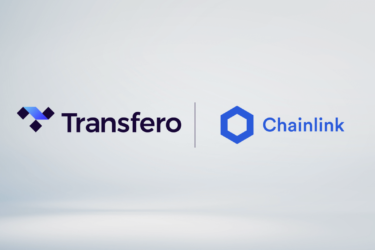As operations on Ethereum increased, the slowness and costs of the transaction on the network increased. But the Solana blockchain has emerged as an alternative to Ethereum’s jams. Promising higher speed but with lower rates, the network has already attracted more than 100 projects.
The success of DeFi (decentralized finance) weighed on Ethereum, raising operating costs. To try to get around this issue, Solana launched in October the Wormhole. The name plays with the name of a concept linked to space travel. Wormholes are hypothetical structures that would function as a kind of connection between two points in space-time. However, in the case of blockchain, it connects the congested Ethereum to Solana’s network.
“Wormhole enables existing projects, platforms, and communities to move tokenized assets without interruption”, the company says on its blog. Thus, they can “benefit from Solana’s high speed and low cost”.
The decision to create this “bridge” between the two networks considers that it makes no sense to expect an entire ecosystem to migrate to a new network. Additionally, you cannot wait until a mass migration occurs. Instead of teams having to rewrite the codes, adapting them to Solana, they need to use Wormhole to transfer assets from one network to another.
In another post, the company also promises to offer scalability to projects. “The goal is to ensure that not only is it accessible to everyone, but that it can also be scalable enough to withstand real-world demand”.

USDC and ‘Spotify decentralized’ operate in Solana
In late October, the company behind USDC stablecoin announced that the currency – originally launched at Ethereum – would arrive at Solana. By listing the advantages of the new network, the company cites the speed of transactions. Besides, it states that the network operates at “extremely low cost transaction fees”.
In November of this year, Audius —a kind of decentralized Spotify—migrated some of its services to Solana. The Audius platform is similar to other music streamings, but with the difference that it allows the artist to define the terms themselves. At the time, the company justified the change due to higher costs and the slowness in the Ethereum network, according to CoinTimes.
Serum Exchange runs on the alternative network to Ethereum
In another Solana partnership, FTX used this network to create the decentralized Serum exchange. In a recent interview, Carlos Russo, CFO of Transfero, called Serum “an interesting project because it replicates an exchange environment in a fully decentralized way and is therefore immune to any regulatory and governmental interference”.
In addition, Serum offers two different tokens: Serum (SRM) and MegaSerum (MSRM). SRM not only rewards and guarantees lower rates than Serum’s, but is also a governance token. That is, those who have SRMs can give an opinion on project decisions. While the advantage of MSRM, according to the project’s website, is that it pays rewards slightly higher than that of SRM.







